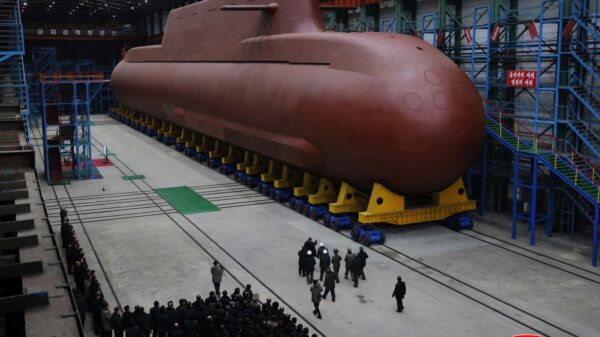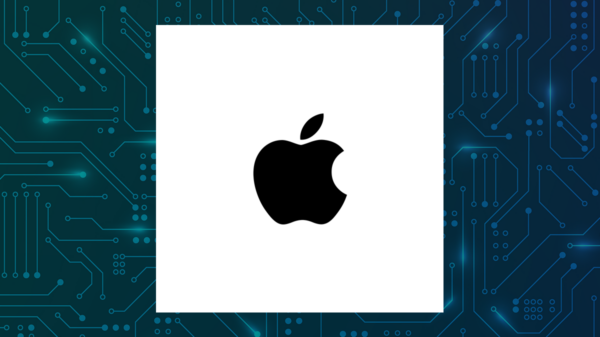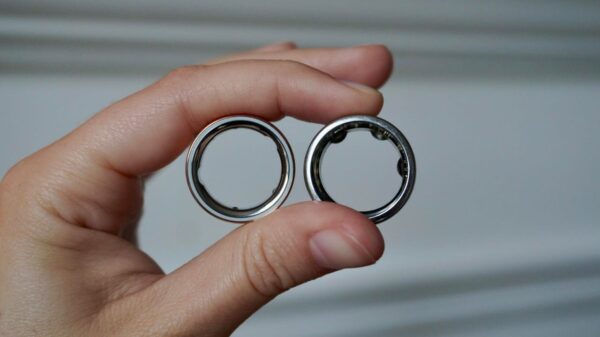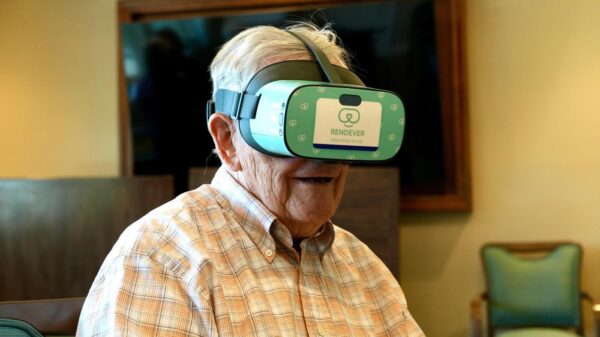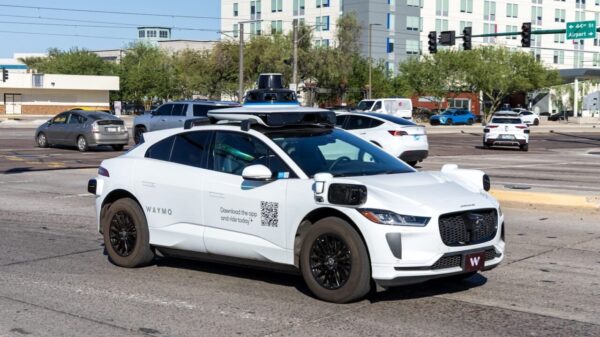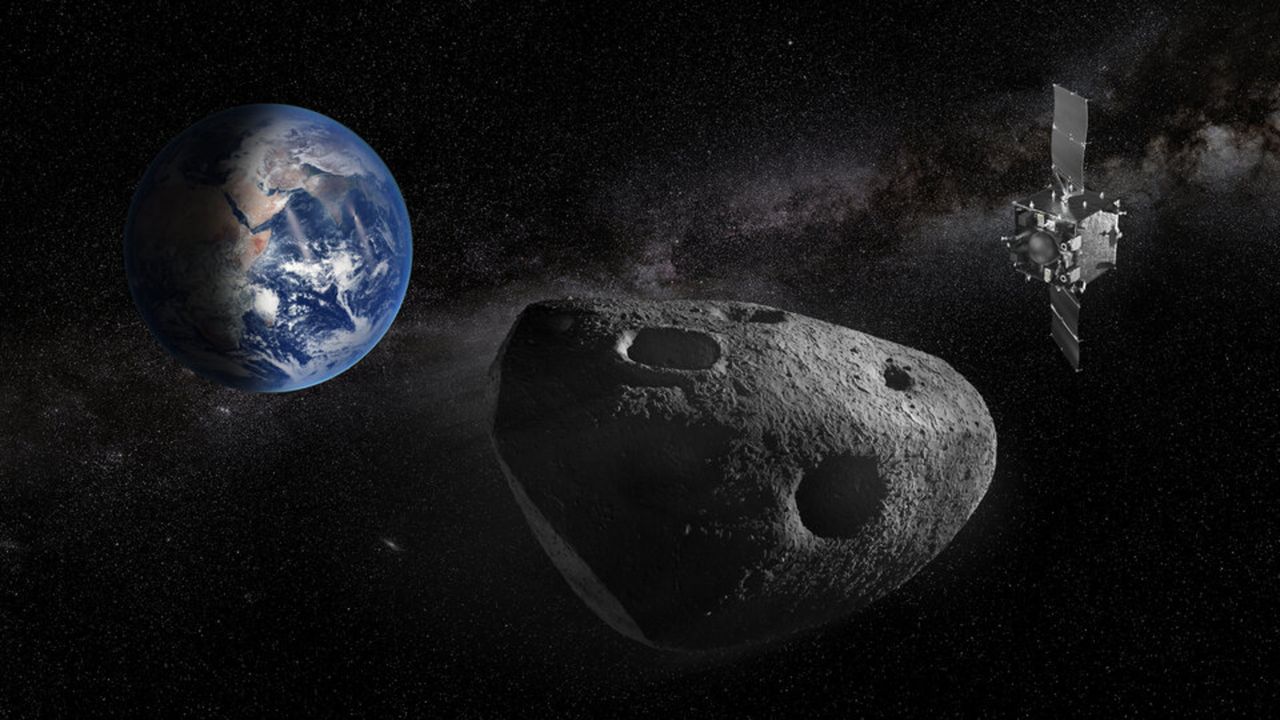Recent research presented at the Europlanet Science Congress in Helsinki has shed light on the complex dynamics of asteroids, revealing critical insights that could aid in planetary defense against potential threats to Earth. Two studies, one led by Wen-Han Zhou of the University of Tokyo and the other by Rahil Makadia from the University of Illinois, explore how an asteroid’s rotation and impact points can influence deflection strategies.
Understanding how asteroids spin is essential for devising effective methods to prevent potential collisions with Earth. Zhou’s team utilized data from the now-retired Gaia mission of the European Space Agency to analyze the spin characteristics of various asteroids. Their findings indicate that the rotation of an asteroid is influenced by a balance between two opposing forces: collisions with other celestial bodies and the internal friction that stabilizes rotation.
In their analysis, the researchers discovered a significant divide in the asteroid population, distinguishing between fast-rotating asteroids and those that tumble chaotically through space. The study indicates that slower rotators are more susceptible to being knocked off balance by impacts, while those that spin rapidly are better able to maintain their trajectory. Zhou emphasized the importance of these findings, stating, “By leveraging Gaia’s unique dataset, advanced modelling and AI tools, we’ve revealed the hidden physics shaping asteroid rotation.”
The impact of sunlight on asteroid rotation was also highlighted in the study. As an asteroid’s surface heats during the day and cools at night, it emits radiation that can subtly influence its spin. Smoothly rotating asteroids experience these forces in a consistent direction, while tumbling asteroids do not, complicating their motion. Additionally, the research indicates that many asteroids are not solid rock formations but rather loose aggregates of material, referred to as “rubble piles.” This distinction is crucial for planetary defense, as the structure of an asteroid will affect how it responds to a deflection mission.
As new astronomical surveys come online, Zhou noted that scientists will be able to apply these methods to larger samples, enhancing their understanding of asteroids’ composition and behavior. He pointed to the upcoming Vera C. Rubin Observatory’s Legacy Survey of Space and Time, which promises to provide data on millions of additional asteroids.
Mapping Safe Impact Zones for Asteroid Deflection
Alongside the insights into asteroid rotation, Makadia’s team focused on identifying optimal impact points for deflection missions. Their research revealed that not all locations on an asteroid are equally effective for altering its path. Striking an asteroid at the wrong angle or location could inadvertently set it on a trajectory that brings it back toward Earth—a phenomenon known as drifting into a gravitational keyhole.
Makadia explained, “Even if we intentionally push an asteroid away from Earth with a space mission, we must ensure it doesn’t drift into one of these keyholes afterwards.” To tackle this challenge, the researchers developed probability maps to guide mission planners in selecting the safest impact sites. By simulating kinetic impact scenarios based on NASA’s DART mission, which successfully impacted the asteroid Dimorphos in September 2022, they calculated the potential changes in an asteroid’s motion for various impact conditions.
This comprehensive analysis allowed them to pinpoint the safest and most effective strike zones on an asteroid’s surface. Utilizing data from the well-studied near-Earth asteroid Bennu, the researchers created detailed impact probability maps that indicate which areas would be optimal for a deflection mission. These maps highlight regions that minimize the risk of future encounters with Earth while effectively altering the asteroid’s orbit.
Makadia underscored the significance of this approach, stating, “With these probability maps, we can push asteroids away while preventing them from returning on an impact trajectory, protecting the Earth in the long run.” The study suggests that such analyses could facilitate the design of safer deflection missions, even with limited ground-based observations.
The implications of these studies are profound, offering a blueprint for planetary defense strategies as scientists continue to explore the cosmos. With advancements in telescope technology and data collection, the potential to safeguard Earth from future asteroid threats is becoming increasingly viable.






